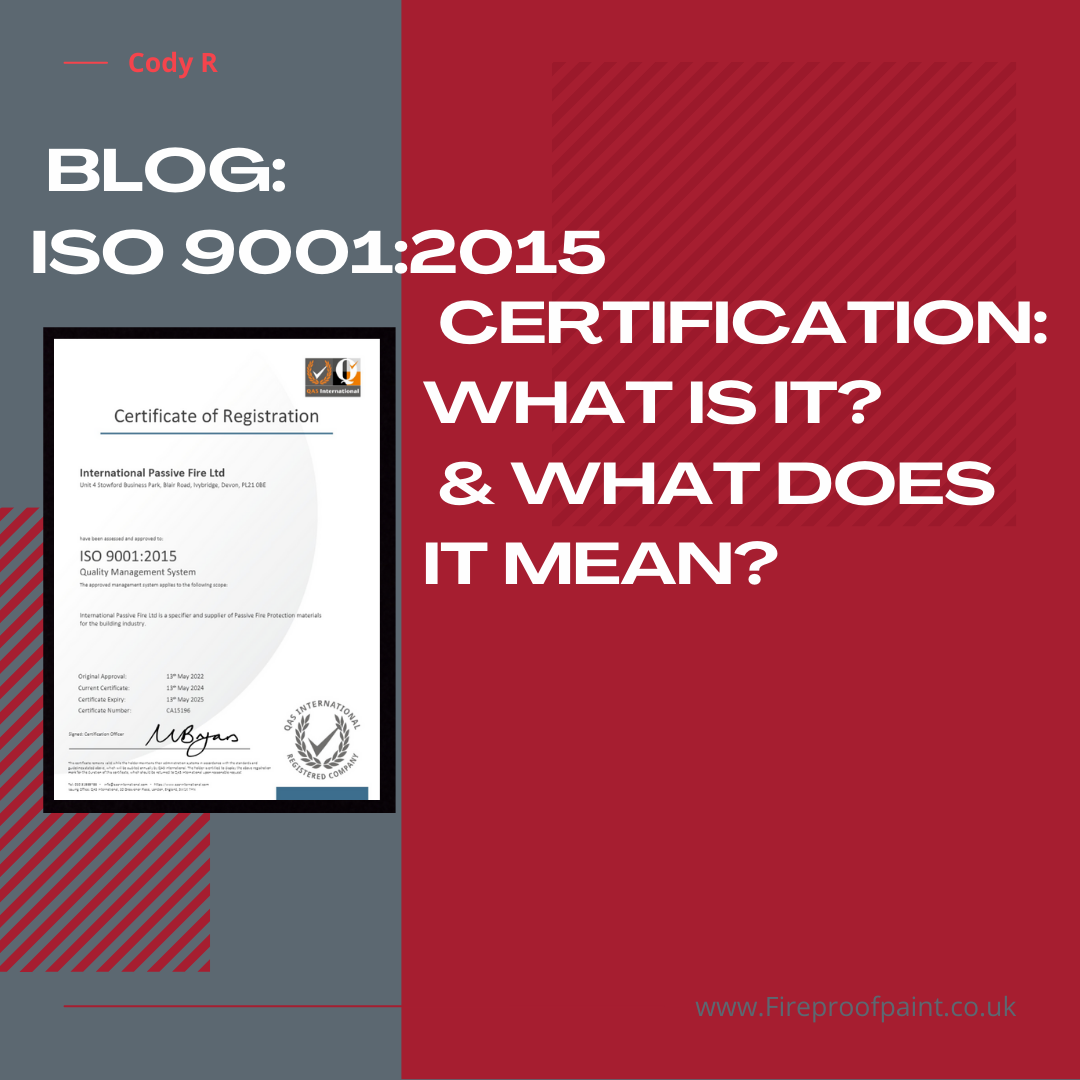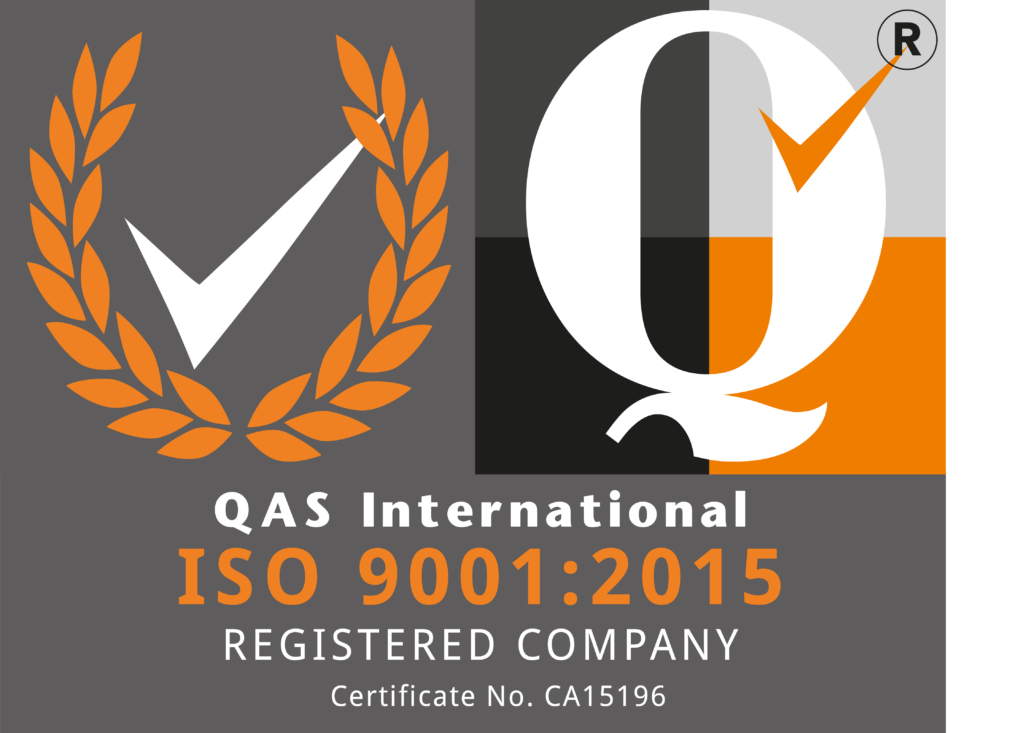
ISO 9001:2015 Certification: What is it & What does it mean.
what is a ISO 9001:2015 ?

ISO 9001:2015 is an international standard for quality management systems (QMS). It is published by the International Organization for Standardization (ISO), and the current version, as indicated by “2015,” was released in September 2015. This standard is used by organizations to demonstrate their ability to consistently provide products and services that meet customer and regulatory requirements and to enhance customer satisfaction through the effective application of the system.
We acquired this through our Account and compliance manger Lorna who worked extremely hard to help us acquire the certificate.
Here’s a breakdown of the key aspects of ISO 9001:2015:
Quality Management Principles of ISO:
- Customer Focus: Understanding and meeting customer needs and striving to exceed their expectations.
- Leadership: Establishing unity of purpose and direction to create conditions where people are engaged in achieving the organization’s quality objectives.
- Engagement of People: Ensuring that competent, empowered, and engaged people at all levels contribute to the organization’s quality objectives.
- Process Approach: Managing activities and related resources as a process to achieve desired results more efficiently.
- Improvement: Continually improving the organization’s overall performance.
- Evidence-based Decision Making: Making decisions based on the analysis and evaluation of data and information.
- Relationship Management: Managing relationships with interested parties (such as suppliers) to optimize performance.
Structure of ISO:
The standard is structured around a high-level structure (Annex SL) that is common to all ISO management system standards, making it easier to integrate with other management systems.
- Context of the Organization: Understanding the internal and external factors that affect the organization’s ability to achieve intended results.
- Leadership: Top management must demonstrate leadership and commitment to the QMS.
- Planning: Identifying risks and opportunities, setting quality objectives, and planning changes.
- Support: Ensuring that resources, competence, awareness, communication, and documented information are in place to support the QMS.
- Operation: Planning, implementing, and controlling processes needed to meet requirements and deliver products and services.
- Performance Evaluation: Monitoring, measuring, analysing, and evaluating QMS performance.
- Improvement: Identifying and acting on opportunities for continual improvement.
Benefits of ISO:
- Improved Efficiency: Streamlining processes and reducing waste.
- Enhanced Customer Satisfaction: Consistently meeting customer requirements and improving customer trust and loyalty.
- Greater Involvement of Top Management: Ensuring better alignment of the QMS with the organization’s strategic direction.
- Risk Management: Identifying and addressing risks and opportunities systematically.
- Global Recognition: Being recognized internationally as a standard for quality management.
Certification Process of ISO:
- Gap Analysis: Assessing current processes against ISO 9001:2015 requirements.
- Planning: Developing a project plan to achieve compliance.
- Implementation: Implementing necessary changes to processes, documentation, and training.
- Internal Audit: Conducting internal audits to ensure the QMS is working effectively.
- Management Review: Top management reviewing the QMS for effectiveness and making necessary improvements.
- Certification Audit: An external audit by a certification body to verify compliance with the standard.
- Continual Improvement: Ongoing efforts to improve processes and maintain certification.
Organizations that achieve ISO 9001:2015 certification demonstrate their commitment to quality and continuous improvement, which can enhance their reputation, open up new market opportunities, and improve operational performance.


